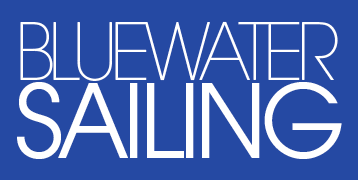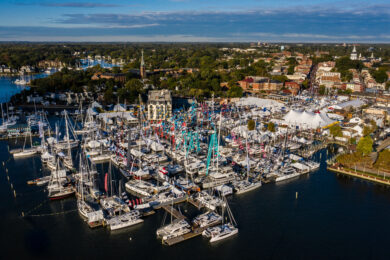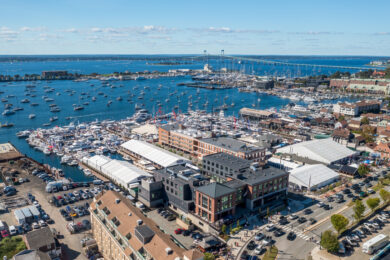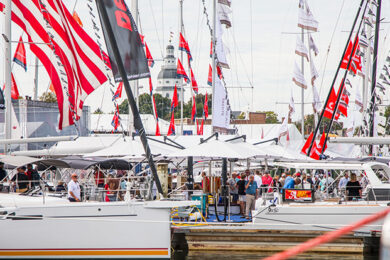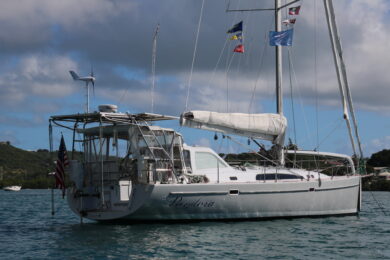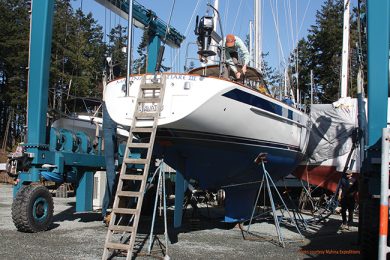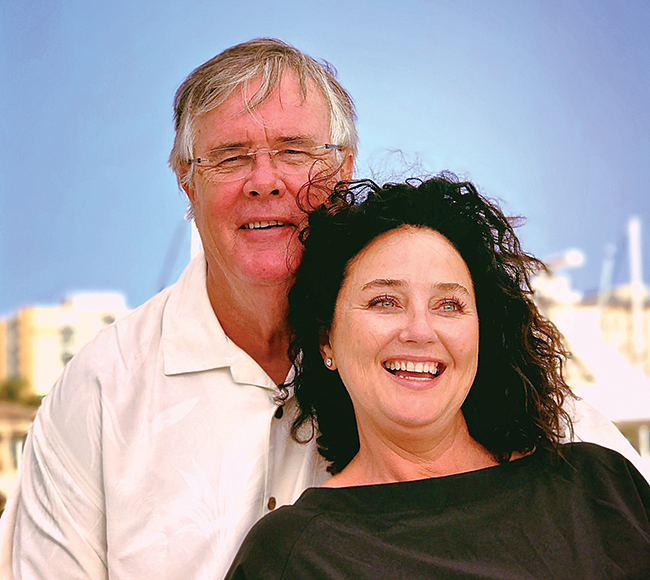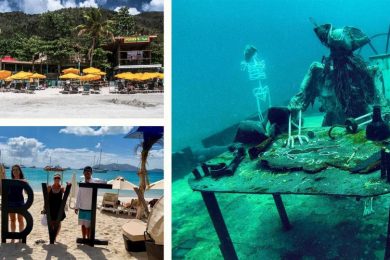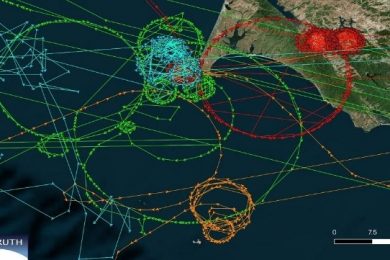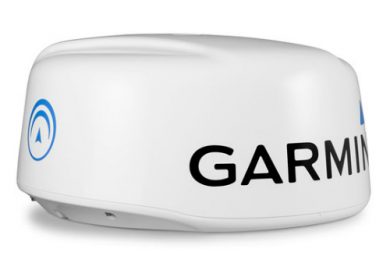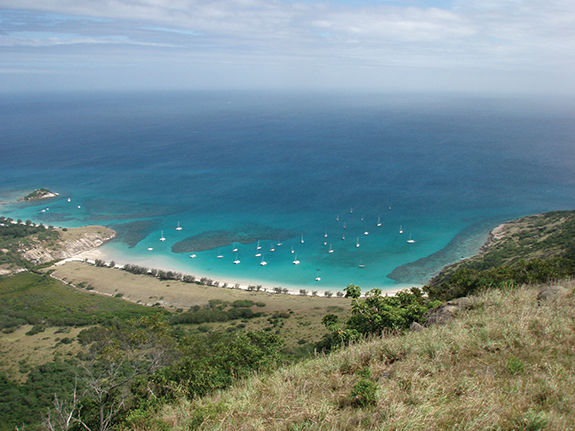14° 40’ S, 145° 28’ E (published March 2013)
The northwestern bay of Lizard Island was littered with boats, quite a change from the empty anchorages we had grown accustomed to on our cruise north inside Australia’s Great Barrier Reef. For a moment my husband Seth and I wondered about our decision to come: we had rather liked all those deserted coral cays. But then I spotted a ketch I thought I remembered, then a familiar catamaran, and then the unmistakable lines of Fast Forward, a big aluminum cutter. The anchorage was full of our friends!
Seth and I had been away from sailing for seven months. We had left our 38 foot cutter Heretic in Queensland while we worked in the United States and we had not seen our cruising friends since we had left them behind in Fiji a year before. We thought they would be miles ahead of us by now. Instead, here they all were, sheltered in the lee of Lizard Island.
As a National Park, the island has changed little since Captain Cook first landed in 1770 to look for a break in the uncharted barrier reef. The arid island is still one of windswept grass and spiky pandanus, rocky headlands and sandy bays and turquoise water in the southern Blue Lagoon. The giant lizards, for which Cook named the isle, scurry through fallen leaves. Mullet swim in a brackish creek under green mangroves, and the pool of drinkable water Cook discovered is now a hand pump where cruisers gather to wash their laundry and themselves.
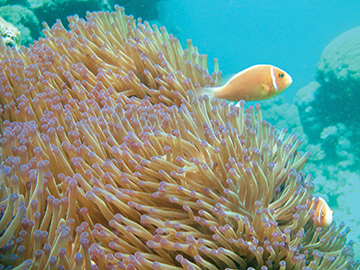
Only a few touches of modernity have altered Lizard Island: a short airstrip, a small resort and a coral reef ecology research station where we heard a talk on threats to tropical reefs: rising sea temperatures, ocean acidification and crown-of-thorns starfish. The reefs themselves, instead of being the uncharted perils they were to Cook, are a world teeming with anemones, angelfish, and giant clams. Two reefs border the anchorage, and only a 13-mile sail east is Cod Hole, a dive site on the Outer Barrier Reef frequented by 300-pound potato cod, blunt-headed Napoleon wrasse and countless butterfly fish.
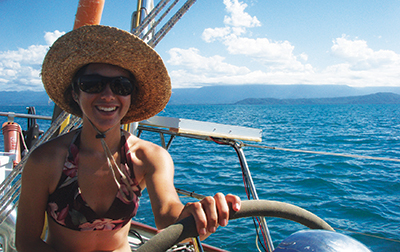
On our last day at Lizard Island, Seth and I hiked up the island’s highest hill to Cook’s Look. A cairn marks where the famous explorer strained his eyes, desperate to find an opening in the reef large enough for his ship. But, as I leaned into the buffeting trade wind, I could simply gaze at the surf foaming white. To me, the Great Barrier Reef was far from a navigational nightmare; it was a diving paradise. Thanks to Cook and the cartographers who followed him, I didn’t worry about the passage ahead. I hiked down to the bay for a last sundowner with the other cruisers, aware that there would be more deserted anchorages to come but knowing none would compare to this busy bay. Lizard Island isn’t just about wild beauty but about catching up with old friends and making new ones.
